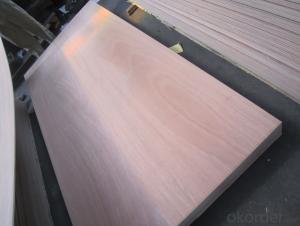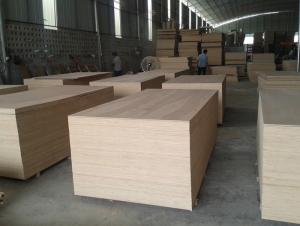Sma Commercial Solar Inverter
Sma Commercial Solar Inverter Related Searches
Ac Inverter For Solar Panels Solar Panel With Ac Inverter Gas Furnace With Ac Panda Hot Water Bottle Cover Minion Hot Water Bottle Cover Abb Solar Water Pump Inverter Solar Water Pump Philippines Extra Long Hot Water Bottle Solar Panel Dc To Ac Inverter Old Fashioned Hot Water BottleHot Searches
Philips High Mast Lighting Price List Bajaj High Mast Lighting Price List Evacuated Tube Solar Collectors Price Lorentz Solar Pumps Price Fish Tank Air Pump Price Aquarium Air Pump Price Chlorine Dosing Pump Price 100 Amp Cable Price Brass Cable Glands Price List Geogrid Fabric Price Doka Formwork Price List Data Cable Price Flipkart Otg Cable Price Flipkart Electric Jug Price Samsung Mobile Accessories Price List 300Mm Silicon Wafer Price Thermal Coal Spot Price 20 Foot Shipping Container Price Wholesale Laser Rangefinder Price Philippines Wholesale Drill Bit Price PhilippinesSma Commercial Solar Inverter Supplier & Manufacturer from China
Okorder.com is a professional Sma Commercial Solar Inverter supplier & manufacturer, offers integrated one-stop services including real-time quoting and online cargo tracking. We are funded by CNBM Group, a Fortune 500 enterprise and the largest Sma Commercial Solar Inverter firm in China.Hot Products
FAQ
- Yes, a solar inverter can be used with a solar-powered healthcare system. A solar inverter is responsible for converting the direct current (DC) generated by the solar panels into alternating current (AC) that can be used to power electrical equipment. Therefore, it is an essential component in any solar-powered system, including healthcare systems, to ensure the efficient and reliable operation of medical equipment.
- Yes, a solar inverter can be used in three-phase systems. Three-phase systems are commonly used in industrial and commercial applications, and solar inverters are available in both single-phase and three-phase configurations to accommodate these systems. The three-phase solar inverter converts the direct current (DC) generated by the solar panels into alternating current (AC) that is compatible with the three-phase power grid.
- Yes, a solar inverter can be used with a remote control system. Many modern solar inverters are equipped with built-in communication capabilities, such as Wi-Fi or Bluetooth, which allow them to be connected to a remote control system. This enables users to monitor and control the inverter's performance, settings, and parameters remotely, providing convenience and flexibility in managing their solar power systems.
- The maximum power output of a solar inverter can vary depending on its size and model. Generally, residential solar inverters have a power output ranging from 2 kilowatts (kW) to 10 kW, while commercial and utility-scale inverters can have power outputs exceeding 1 megawatt (MW).
- The role of MPPT (Maximum Power Point Tracking) in a solar inverter is to optimize the efficiency and output of the solar panel system. MPPT technology enables the inverter to constantly track and adjust the operating point of the panels, ensuring that they are operating at their maximum power point, where the highest power output is achieved. This allows the system to capture the maximum amount of energy from the sun, maximizing the overall efficiency and performance of the solar inverter.
- The role of a solar inverter in reactive power compensation during grid disturbances is to regulate and manage the reactive power flow between the solar panel system and the grid. During grid disturbances, such as voltage fluctuations or power factor variations, the solar inverter helps maintain a stable and balanced flow of reactive power, ensuring efficient and reliable operation of the solar panel system while minimizing the impact on the grid.
- Yes, a solar inverter can be used with a grid-tied system and a battery backup. In such a setup, the solar inverter will convert the DC power generated by the solar panels into AC power for use in the home or to feed back into the grid. The grid-tied system allows excess solar power to be sold back to the grid, while the battery backup system stores excess power for use during times of low solar generation or power outages.
- Yes, a solar inverter can be used with different tracking algorithms. Solar inverters are designed to convert the direct current (DC) power generated by solar panels into alternating current (AC) power suitable for use in homes and businesses. The tracking algorithm is responsible for optimizing the solar panel's output by adjusting the angle and orientation of the panels to maximize sunlight exposure. Different tracking algorithms can be utilized depending on factors such as location, weather conditions, and system requirements. Solar inverters are typically equipped with the capability to support various tracking algorithms, allowing for flexibility and customization to meet specific needs.















































